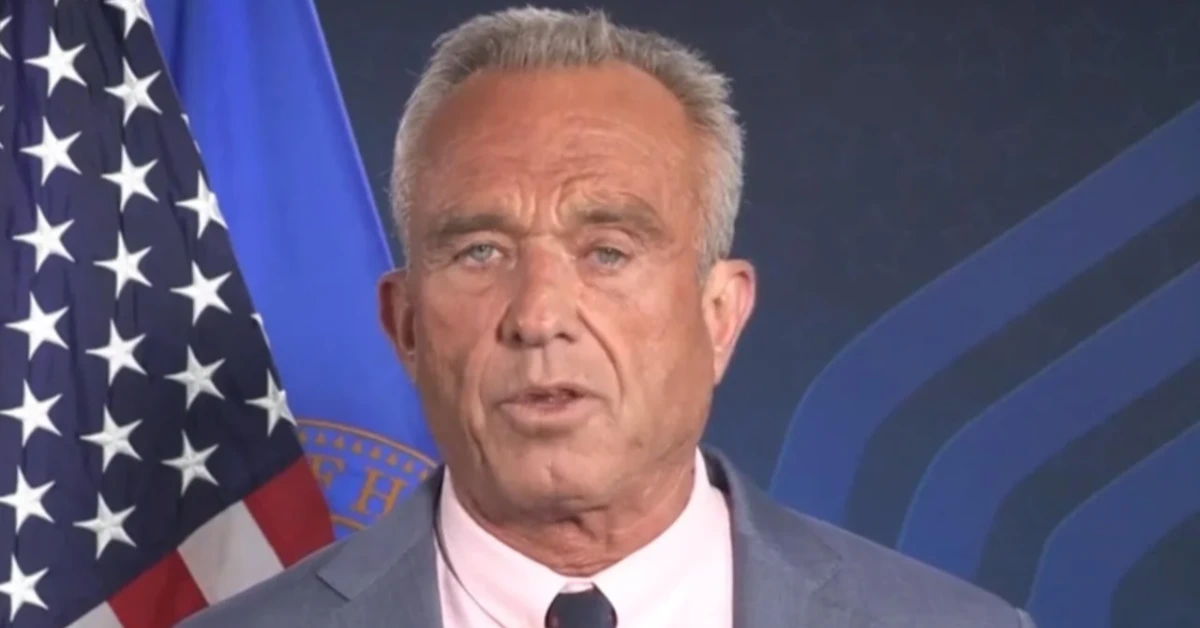
USA – The U.S. Department of Health and Human Services (HHS) will cut 10,000 more jobs in a restructuring plan led by Health Secretary Robert F. Kennedy Jr.
Consequently, this brings the total layoffs to 20,000, making it one of the largest workforce cuts in HHS history.
Kennedy aims to streamline HHS by centralizing leadership and improving efficiency. As a result, the cuts will affect agencies like the CDC, FDA, and NIH.
“We are creating a leaner, more agile HHS to better tackle public health challenges,” Kennedy said. “By cutting redundancy, we can address the evolving needs of the American people.”
However, critics argue the cuts could harm essential services and research. The restructuring will include early retirements, a “Fork in the Road” resignation scheme, and firing probationary workers. Ultimately, HHS’ workforce will drop to 62,000.
Despite concerns, Kennedy is determined to modernize HHS and make it “fit for purpose” in a rapidly changing healthcare landscape.
Furthermore, the plan will reduce HHS’ 28 divisions to 15. Additionally, a new Administration for a Healthy America (AHA) will be formed, incorporating elements from other divisions. Moreover, the 10 regional offices will be reduced to five.
The AHA aims to improve health resources for low-income Americans, focusing on areas like primary care, maternal health, mental health, environmental health, HIV/AIDS, and workforce development.
“We are making HHS more efficient and effective,” Kennedy posted on social media. “We will eliminate redundant departments and merge them into a new organization.”
He noted the HHS budget grew 38% under the Biden administration. “This overhaul will improve the nation’s health,” he added.
Job cuts breakdown
The FDA will lose 3,500 workers, the most of any agency. Meanwhile, the CDC will cut 2,400 jobs, and the NIH will reduce its staff by 1,200. Additionally, CMS, which oversees Medicare and Medicaid, will cut around 300 positions.
FDA cuts will target operational and administrative roles, sparing reviewers and inspection teams.
On the other hand, the CDC will refocus on epidemic and outbreak response and absorb the Administration for Strategic Preparedness and Response (ASPR), which employs about 1,000 people.
NIH cuts will involve centralizing procurement, HR, and communications functions. Likewise, CMS reductions will address minor role duplication.
“This is a painful but necessary downsizing,” Kennedy said. “We are cutting administrators to increase scientists and frontline health providers, improving services for Americans.”
HHS will also create a new assistant secretary for enforcement to oversee the Office for Civil Rights, Office of Medicare Hearings and Appeals, and the Departmental Appeals Board.
Additionally, the Administration for Community Living will be absorbed into other HHS agencies.
XRP HEALTHCARE L.L.C | License Number: 2312867.01 | Dubai | © Copyright 2025 | All Rights Reserved